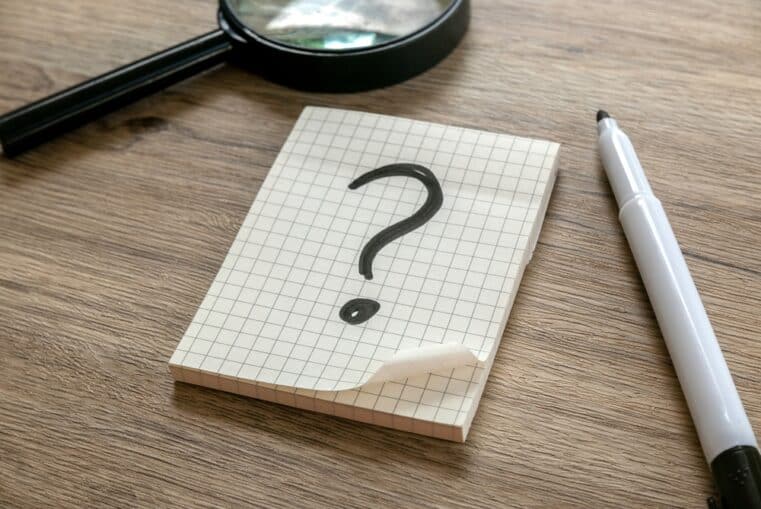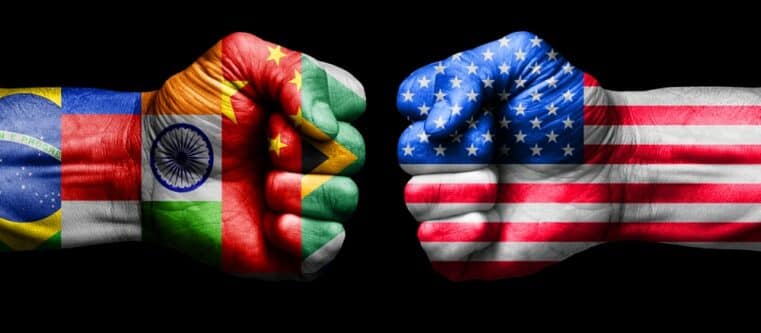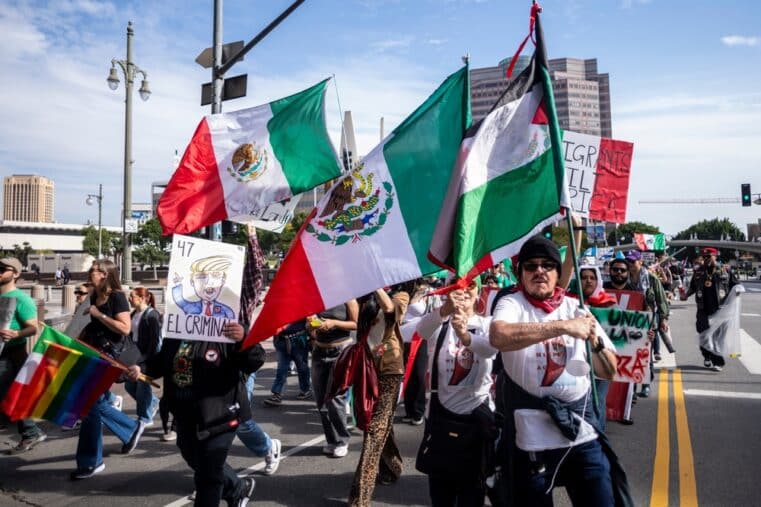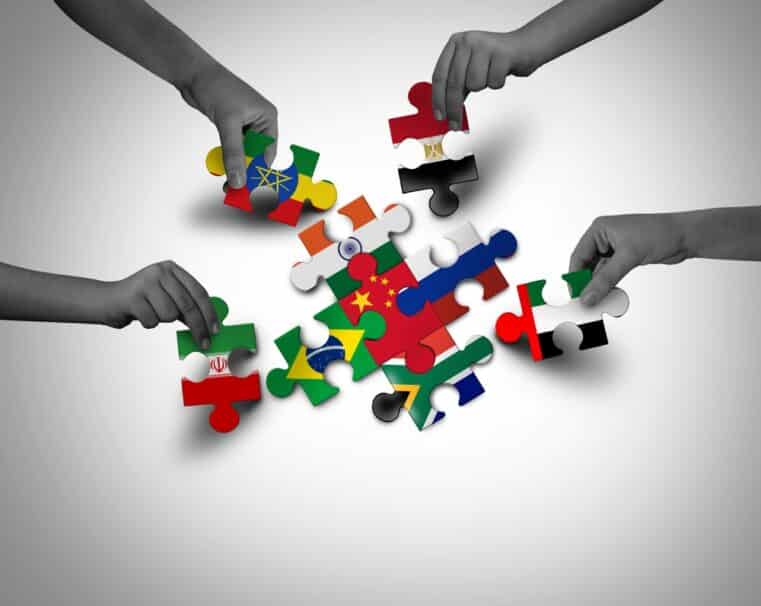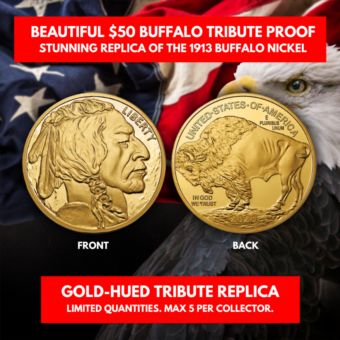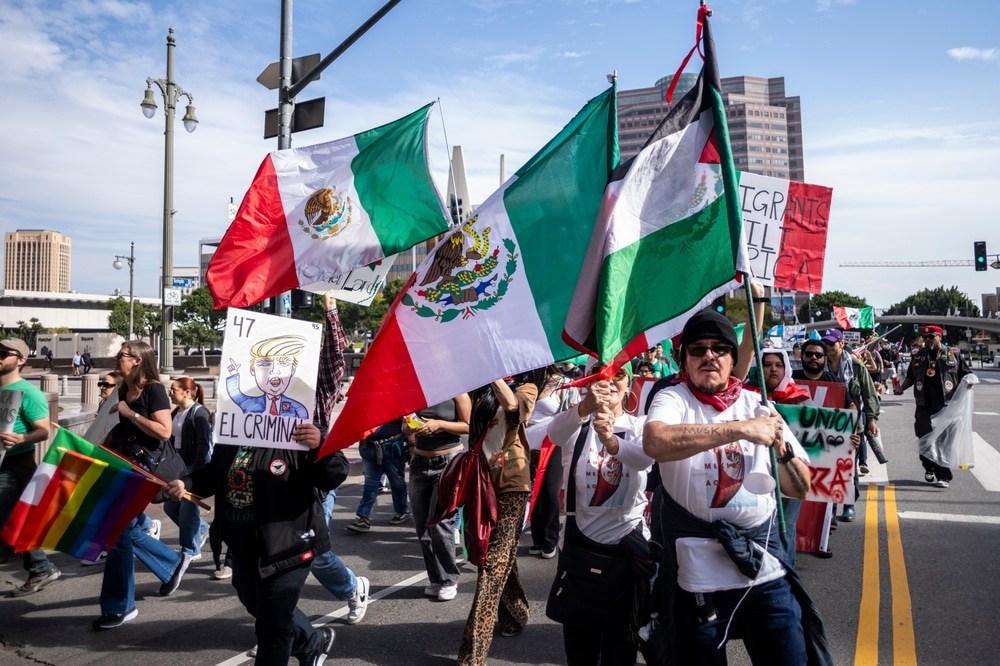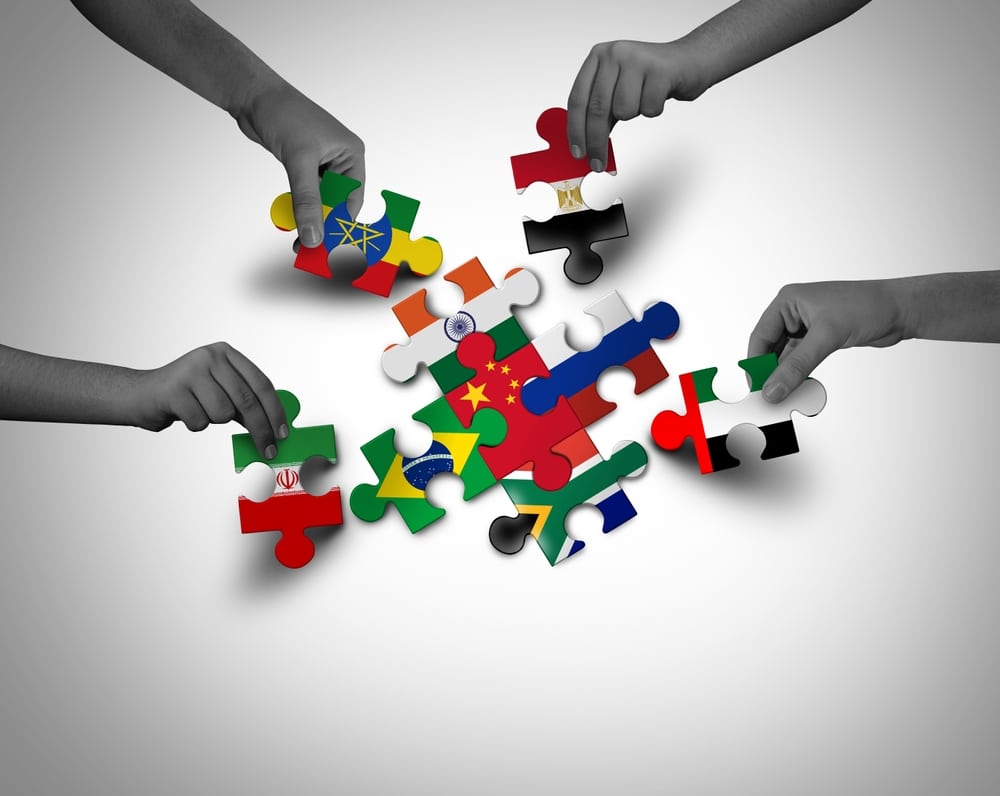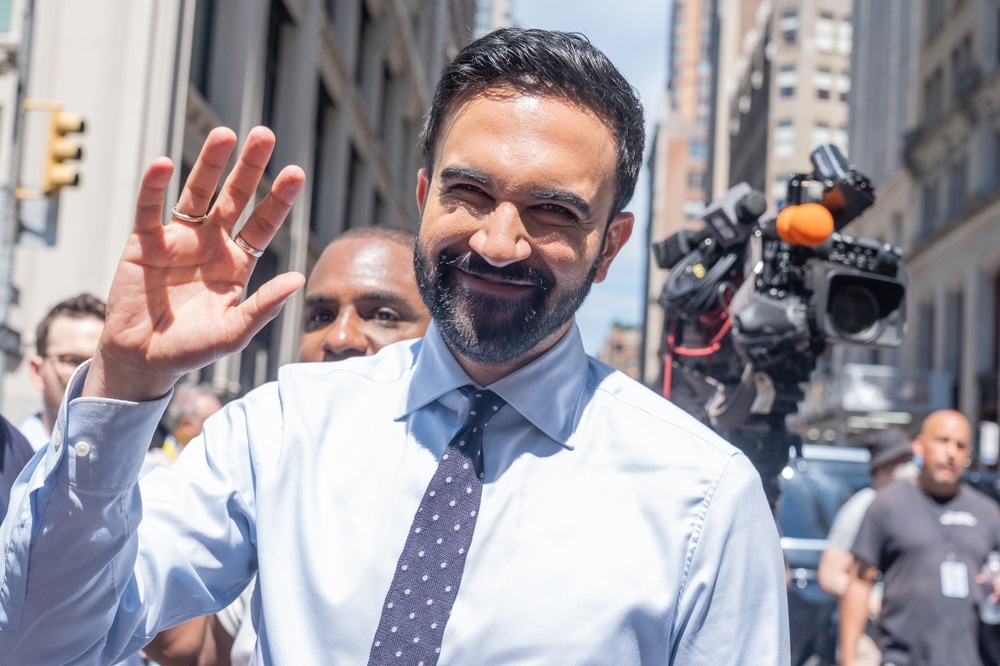
Digitization Isn’t the End of Cash, Though Cash May End Itself
It appears that proponents of the “War on Cash” found an opportunity to advance their lost cause amid the COVID-19 pandemic.
Apparently, the lockdown has given digital and virtual tech their day of reckoning, so to speak.
As Money Metals Exchange President Stefan Gleason noted in a recent blog post, the COVID-19 lockdowns “have accelerated the trend toward a digital economy.”
Sure, it may have accelerated the trend. But that trend was already strong to begin with. In short, nothing new here is being said.
Digital economy? Perhaps. But in the realm of currency? Not so sure. The point Gleason was trying to get at concerned the Better Than Cash Alliance.
Never heard of them? They’re a global partnership consisting of 75 government agencies, financial companies, billionaire globalists, and a bunch of non-profits that are advocating for the transition from cash to digital payments in order to reduce poverty and drive inclusive growth.
For instance, the alliance includes the Bill & Melinda Gates Foundation, Citibank, and even the Clinton Development Initiative.
In case you’re wondering, it has nothing to do with the International Monetary Fund (IMF), nor does it have anything to do with the IMF’s world currency, Special Drawing Rights (SDRs), which are of particular concern.
The Better Than Cash Alliance is about the conversion of physical cash to digital money.
Gleason calls them a “cabal,” as if, somehow, they were something to be feared. Truth is, this “cabal” isn’t much of a cabal at all. If you think about it, the cause is a foolish endeavor. How so? Because digitized cash isn't much of an improvement or degradation over/below paper money.
Digitized dollars may present certain risks that paper dollars do not, but in the end, they’re still based on the same values, or rather, lack of intrinsic value.
It’s still prone to abuse through monetary manipulation. It’s potential to be created “out of thin air” is still there, albeit in accelerated form. Preserving physical cash will do very little or nothing to slow or prevent the abuse.
There were no “good old days” of cash after the gold standard had been abolished in 1971.
Digital money is simply the evolution of an already flawed system.
Granted, unbacked digital currencies may be far worse. But still, physical cash won’t stop the Federal Reserve’s printing presses.
“Some economists say that without cash, central banks could fight recessions more effectively because they’d have an effective way to impose negative interest rates — basically a tax on savings meant to spur spending. Critics say that in a digital-only economy, governments and banks could take control of your financial life, leaving you penniless with a flick of a switch,” says Bloomberg Tax.
So, what does this all boil down to? If you have faith in a system (i.e. physical and digital cash both part of the same dollar-based system), and if that system turns against you, then the only person you have to blame is yourself, right?
After all, you chose to believe in it. Fortunately, most of us aren’t in that camp, despite the inconveniences we have to deal with on a daily basis by holding and using physical cash.
The solution is not to be 100% “all in” the system. That’s why we hold precious metals. It’s a way to counter institutional “control” over your money.
With the current deflationary strain in dollar values (i.e. purchasing power) and the IMF’s push toward SDR dominance, this move to convert physical cash to digital money will only accelerate the dollar’s debasement.
Nobody wants to see the value of their currency fall. Certainly, no American wants to surrender control of their money to the government or banks. This is the juncture at which physical silver and gold will see an exponential rise. The question is, on which side will you be when that time comes?


